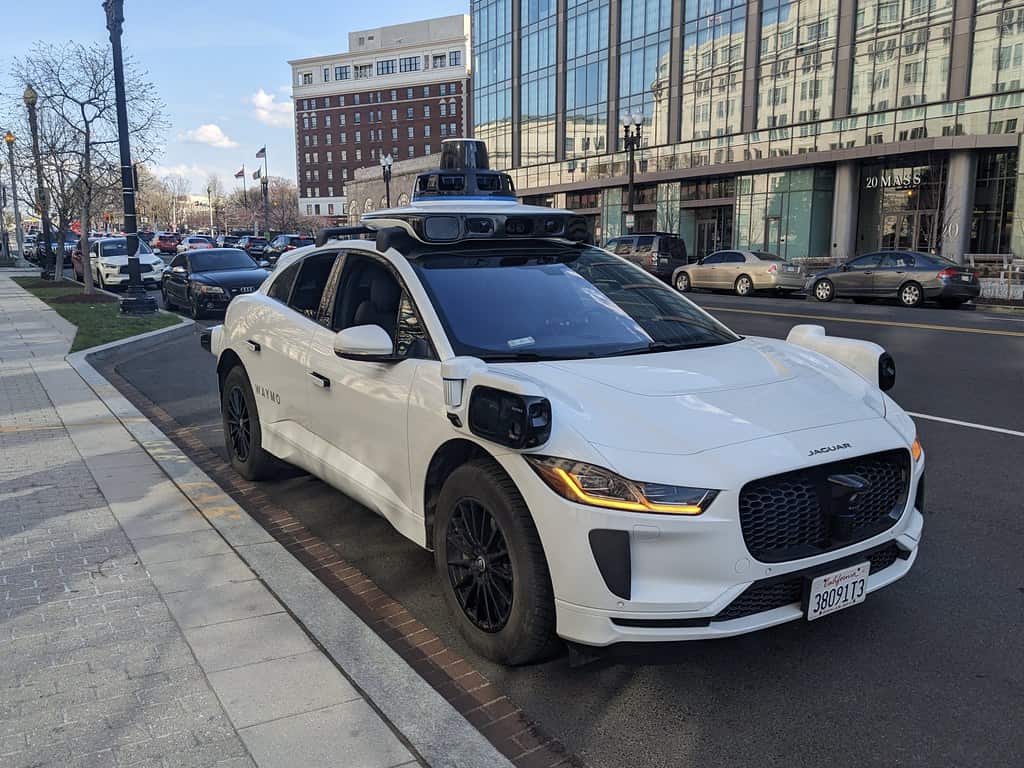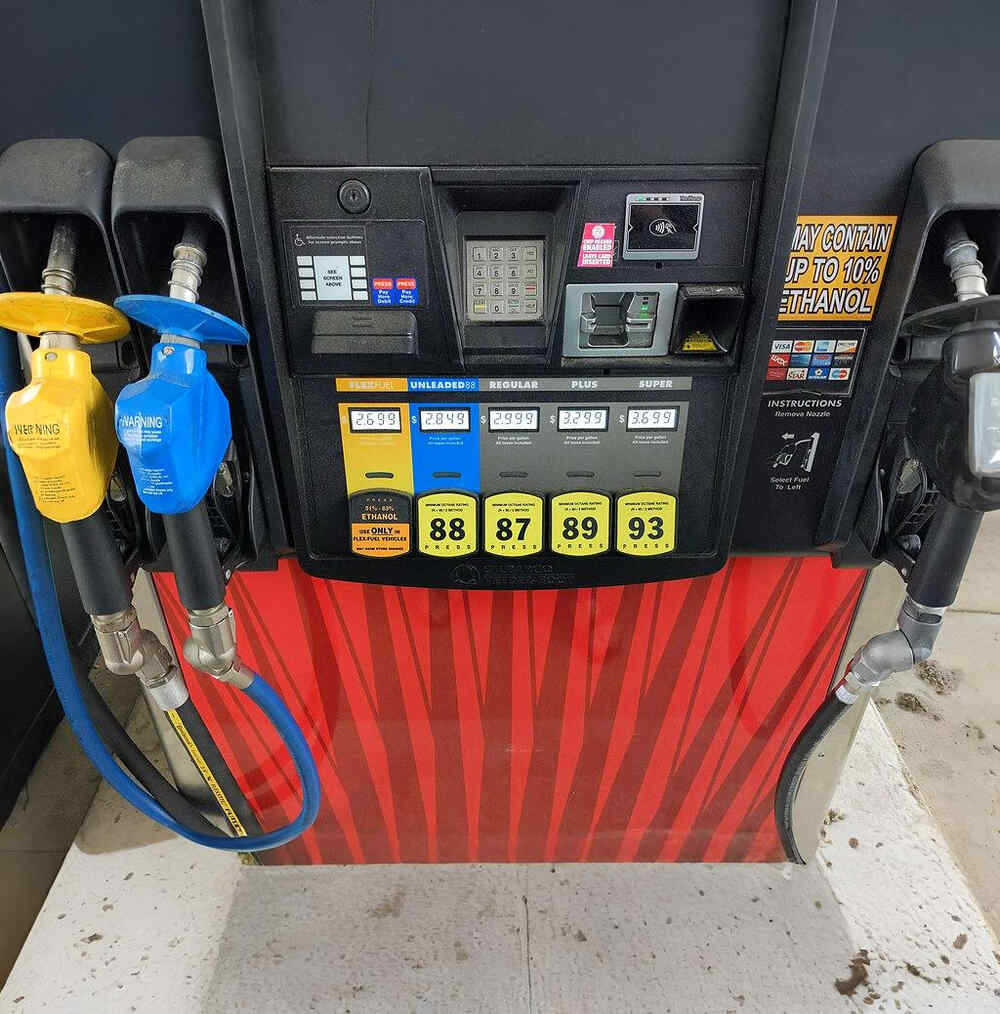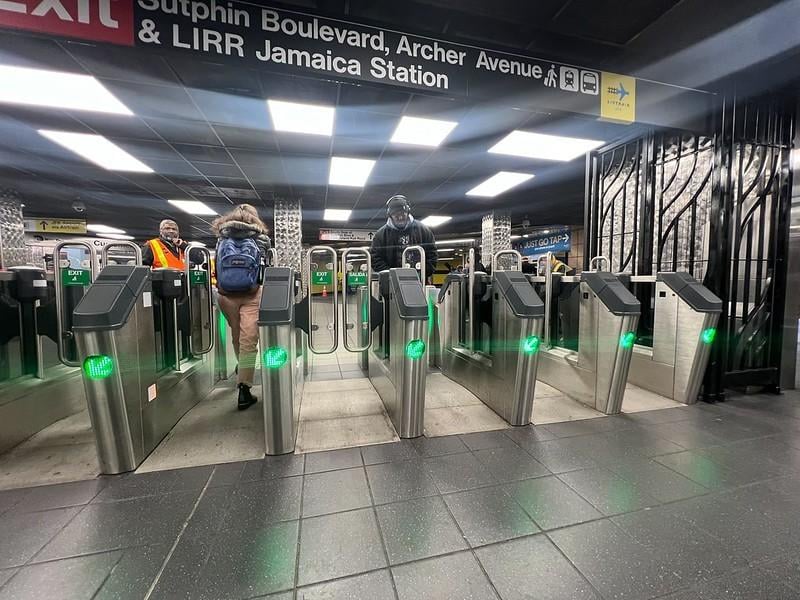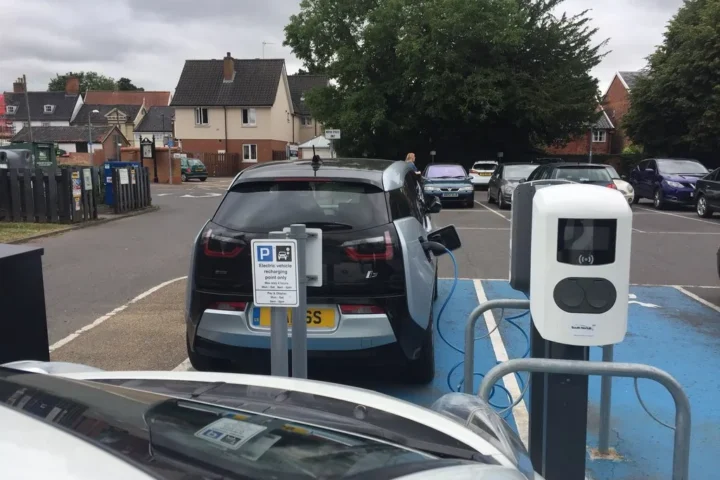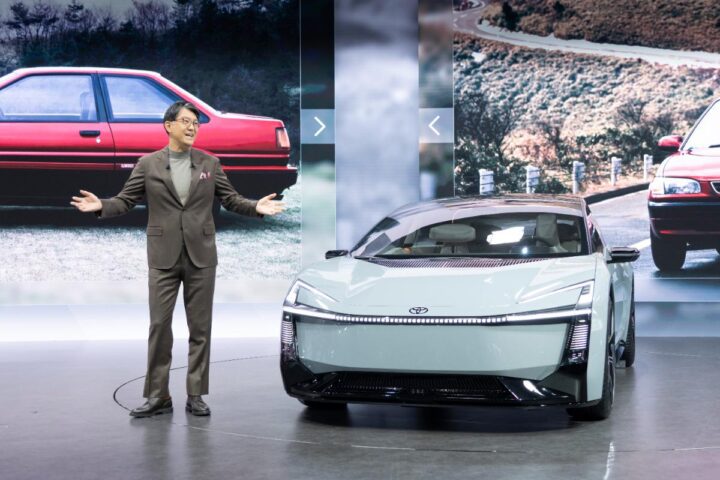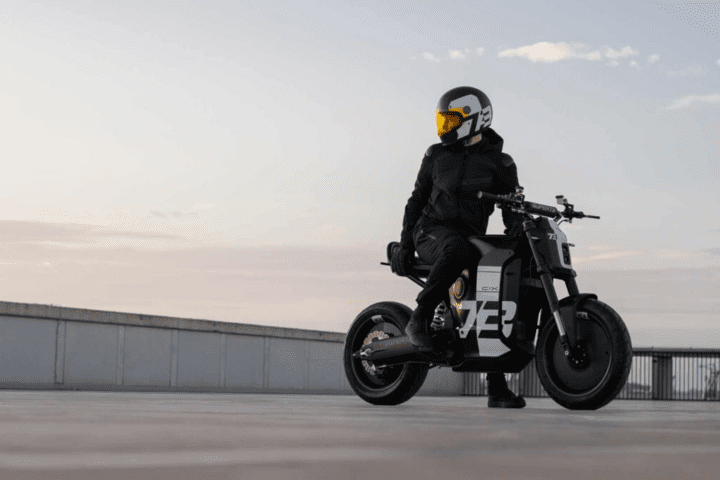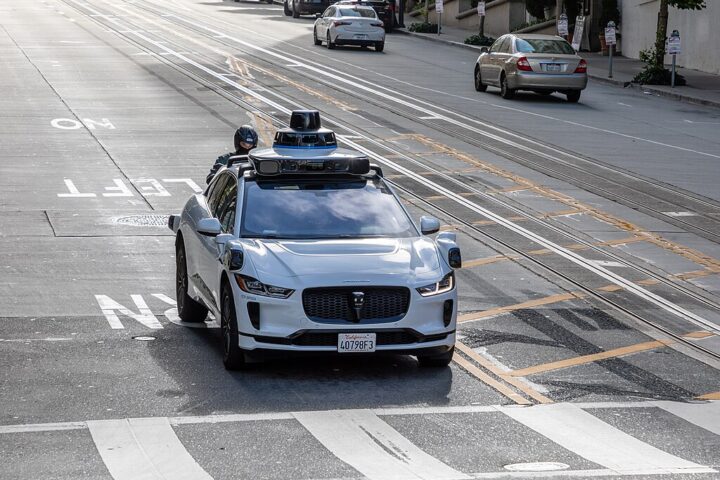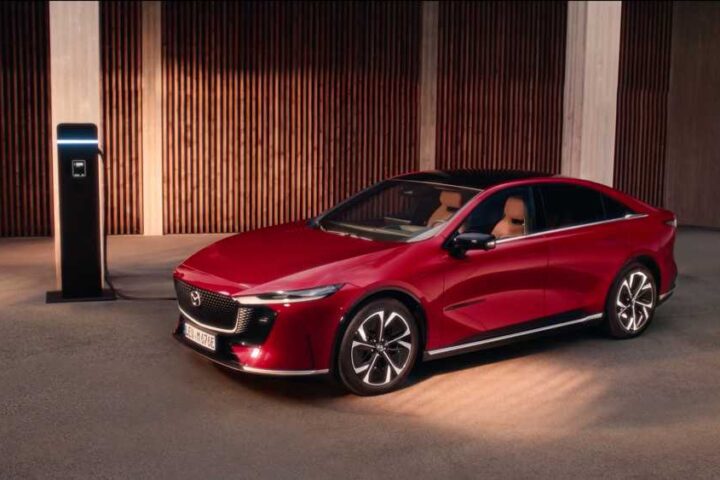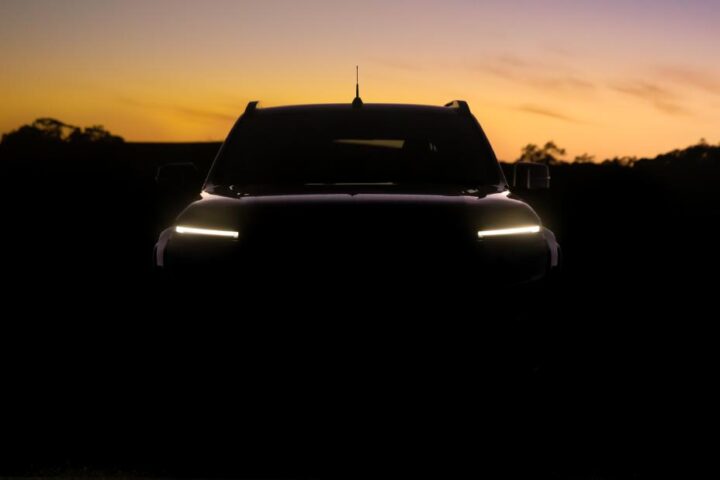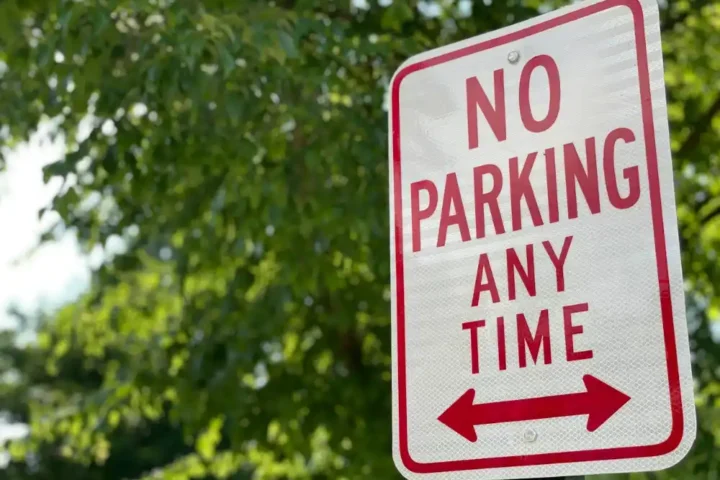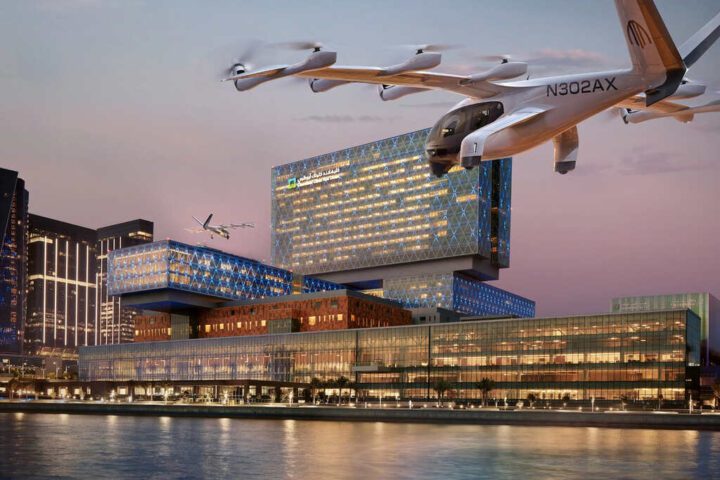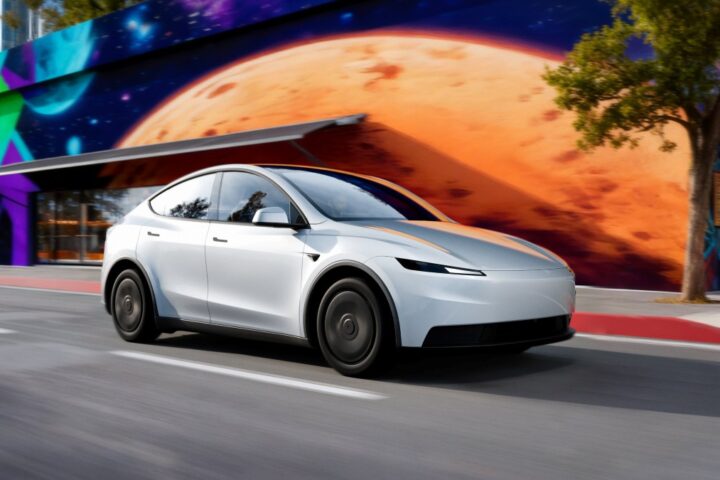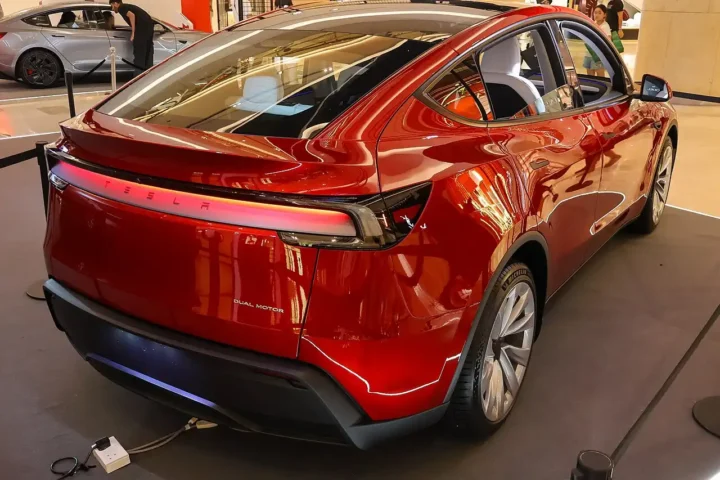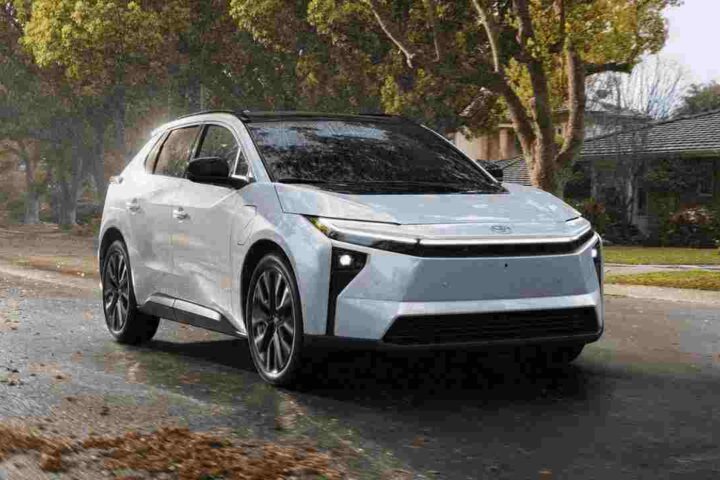The autonomous vehicle revolution lands with a persistent beep. In Santa Monica, Waymo’s charging station has become ground zero for a technological confrontation between cutting-edge transportation and neighborhood tranquility. Since November 2024, when Waymo launched its fully driverless service, the Broadway & Euclid charging facility has been operating around the clock, servicing a fleet of Jaguar I-Pace vehicles that generate a soundscape both impressive and controversial.
The technical specifications tell a precise story. These backup warning systems operate at approximately 1,000 Hz, producing sound levels between 97 and 112 decibels—a sonic signature that has become a constant companion to nearby residents. Christopher Mark Potter, a local resident living adjacent to the charging station, has been documenting these acoustic interruptions, launching a petition that has already gathered over 60 signatures with a goal of reaching 75 community members.
The noise isn’t just an inconvenience; it’s a complex regulatory challenge. Federal Motor Vehicle Safety Standard No. 141 mandates minimum sound requirements for hybrid and electric vehicles, while Occupational Safety and Health Administration regulations require reversing alarms to be audibly distinct. Santa Monica’s municipal code adds another layer of complexity, prescribing exterior noise limits of approximately 50 decibels during the day and 40 decibels at night.
Waymo’s response demonstrates technical adaptability. The company has implemented multiple noise mitigation strategies: erecting 10-foot bamboo and cypress sound barriers, limiting vacuum operations to specific hours, and [reducing alley speeds to 10 miles per hour]. Despite these efforts, the continuous operation—with vehicles reversing dozens of times hourly, including during late-night hours—continues to challenge community peace.
Similar Posts:
The technological lineage of these warning systems traces back to Matsusaburo Yamaguchi’s 1963 invention, commercialized by Bac-A-Larm in 1967. What began as a simple safety mechanism has evolved into a sophisticated acoustic challenge at the intersection of technology and urban living. Potential solutions emerging from the technical community include white-noise alarm systems, broadband signal alerts, and adaptive volume control mechanisms that could potentially reduce noise while maintaining safety standards.
Experts highlight deeper implications beyond mere sound disturbance. Chronic noise exposure above 40 decibels at night can disrupt sleep patterns, elevate cortisol levels, and potentially impact cognitive performance—a particular concern for the elementary school situated near the charging station. The acoustic footprint of autonomous vehicles represents more than a technical challenge; it’s a critical consideration in the integration of advanced transportation technologies into residential environments.
Potter’s petition encapsulates a simple yet profound request: when autonomous vehicles operate within their dedicated lot, the warning systems should be programmed to reduce volume, reverting to standard levels only when entering public roadways. It’s a pragmatic approach that seeks to balance technological innovation with community well-being.

As Waymo continues to expand its autonomous vehicle operations, this Santa Monica charging station serves as a critical test case for how emerging transportation technologies can coexist with residential communities. The resolution will likely involve collaborative engineering, adaptive regulatory frameworks, and a commitment to understanding the human impact of technological advancement.
Keywords anchoring this technological narrative include autonomous vehicle noise management, urban mobility acoustic design, and FMVSS 141 compliance strategies—each representing the intricate dance between innovation and community integration.
The autonomous vehicle revolution is here. And it comes with a soundtrack that’s just beginning to be understood.
